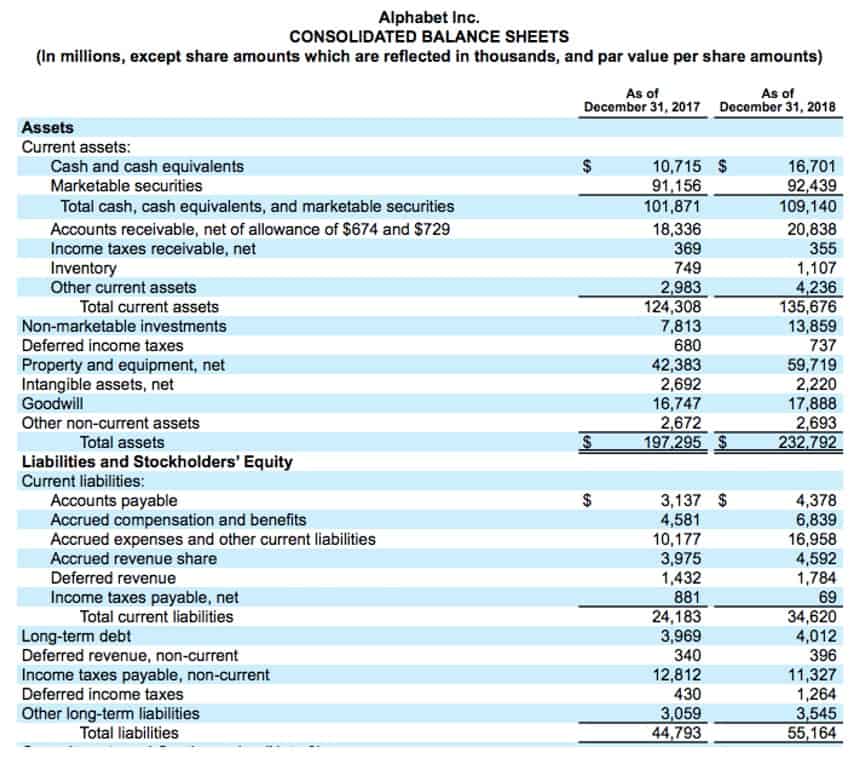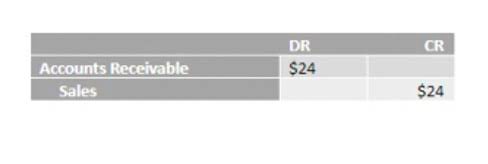
Based on just change in working capital alone, Microsoft today is the better and more efficient business. Without showing you the numbers first, my initial guess is that because Microsoft is mainly a software business, their change in working capital should be positive. However, the real reason any business needs working capital is to continue operating the business. How to calculate the change in net working capital is pretty simple; it requires only four steps to follow.
- However, it is a very complex process, where the change in net working capital is more in case the company is bigger, covering a wider market and wide range of products and services.
- As it so happens, most current assets and liabilities are related to operating activities (inventory, accounts receivable, accounts payable, accrued expenses, etc.).
- Therefore, the efficient allocation of capital toward net working capital (NWC) increases the free cash flow (FCF) generated by a company – all else being equal.
- Keep in mind that a negative number is worse than a positive one, but it doesn’t necessarily mean that the company is going to go under.
- If a balance sheet has been prepared with future forecasted periods already available, populate the schedule with forecast data as well by referencing the balance sheet.
- Because an increase in current liabilities or a decrease in receivables/inventory could offset the revenue.
Payments
The change in net revenue is the difference between the ending and beginning balance. In the final part of our exercise, the incremental net working capital (NWC) will be calculated and expressed as a percentage. The parenthesis enclosed around each figure indicates a negative value – which to reiterate from our earlier section on sign convention – signifies an “outflow” of cash. In the next section, the change in net working capital (NWC) – i.e. the increase / (decrease) in net working capital (NWC) – will be determined. Shaun Conrad is a Certified Public Accountant and CPA exam expert with a passion for teaching. After almost a decade of experience in public accounting, he created MyAccountingCourse.com to help people learn accounting & finance, pass the CPA exam, and start their career.
What is a Good Change in NWC?

When we talk about a “change” in NWC, we’re comparing the difference in working capital over two accounting periods—typically from one year to the next. In the world of business finance, Net Working Capital (NWC) is one of the most critical indicators of a company’s short-term financial health. Understanding changes in working capital helps business owners, financial analysts, and investors assess how efficiently a company is managing its assets and liabilities. That’s where the Change in Net Working Capital Calculator becomes an essential tool. Since the total operating current assets and operating current liabilities were provided, the next step is to calculate the net working capital (NWC) for each period.

What is Negative Net Working Capital?
Meanwhile, the company experiences rapid growth in production, requiring increased inventory levels and faster payments to suppliers, causing a surge in A/P. In this scenario, the company’s net working capital decreases, signaling potential cash flow constraints and liquidity challenges. Change in Working capital cash flow means an actual change in value year over year, i.e., the change in current assets minus the change in current liabilities. With the change in value, we will understand why the working capital has increased or decreased.
Finally, the Change in Working as calculated manually on the Balance Sheet will rarely, if ever, match the figure reported by the company on its Cash Flow Statement. So, if the company somehow classifies these items within Working Capital, remove and re-classify them; they should never affect Cash Flow from Operations. The Change in WC has a mixed/neutral effect on Best Buy, reducing its Cash Flow in some years and increasing it in changes in nwc formula others, while it always increases Zendesk’s Cash Flow. The best rule of thumb is to follow what the company does in its financial statements rather than trying to come up with your own definitions. But you can’t just look at a company’s Income Statement to determine its Cash Flow because the Income Statement is based on accrual accounting.
How to Find the Quick Ratio for a Business
Neither a positive nor a negative change is inherently good or bad; interpretation always requires understanding the company’s specific business model, industry trends, and strategic objectives. Net working capital is a crucial financial metric for businesses, providing insights into a company’s short-term financial health and operational efficiency. It reflects the difference between a company’s current assets and current liabilities. A positive change in net working capital indicates improved liquidity, potentially signifying a company’s increased ability to cover short-term obligations, invest in its operations, or grow its business. Conversely, a negative change can signal potential liquidity issues or financial instability. Creditors also pay attention to this change when assessing a company’s ability to meet short-term obligations.

In the above picture, the highlighted part represents the total current assets of Walmart Inc. Here, by summing up all the current assets, we get the total current assets for the years and 2019 are $61,806 million and $61,897 million respectively. So, the changes in NWC are the difference between net working capital of two accounting periods (years, months, or quarters). The cash flow statement provides the true information for calculating changes in NWC. Working capital as a ratio is meaningful when compared alongside activity ratios, the operating https://www.bookstime.com/ cycle, and the cash conversion cycle over time and against a company’s peers.

- However, the real reason any business needs working capital is to continue operating the business.
- If the Change in Working Capital is positive, the company generates extra cash as a result of its growth – like a subscription software company collecting cash for a year-long subscription on day 1.
- In simple terms, net working capital (NWC) denotes the short term liquidity of a company.
- The terms working capital itself signifies the amount of fund that the company possess at a point of time to meet the current financial obligations, without which the daily needs to the business cannot be satisfied.
- When this happens, it may be easier to calculate accounts receivables, inventory, and accounts payables by analyzing the past trend and estimating a future value.
The risk is that when working capital is sufficiently mismanaged, seeking last-minute sources of liquidity may be costly, deleterious to the business, or, in the worst-case scenario, undoable. Suppose an appliance retailer mitigates these issues by paying for the inventory on credit (often necessary as the retailer only gets cash once it sells the inventory). In other words, there are 63 days between when cash was invested in the process and when cash was returned to the company. One nuance to calculating the net working capital (NWC) of a particular company is the minimum cash balance—or required cash—which ties into the working capital peg in the context of mergers and acquisitions (M&A). In short, measuring the change in NWC by deducting the ending period balance from the beginning period balance tends to be more intuitive in terms of understanding the impact on cash (i.e. “inflow” or “outflow”).
Revenue Reconciliation
- Current liabilities are obligations a company expects to settle within one year or one operating cycle.
- You have to think and link what happens to cash flow when an asset or liability increases.
- This indicates an improvement in its short-term liquidity position, suggesting that it has more resources to meet its short-term obligations.
- This efficiency helps a business maximize its profitability, as it is well-prepared to handle unexpected expenses or invest in income-generating opportunities without relying heavily on external financing.
- Net working capital is a liquidity calculation that measures a company’s ability to pay off its current liabilities with current assets.
- On track for 90% automation by 2027, HighRadius is driving toward full finance autonomy.
Finally, you subtract any other financial obligations considered liabilities, Accounts Receivable Outsourcing such as employee wages, interest payments, and short-term loans that will come due within the next year. In our example, if these expenses amount to $1.075 million, subtract this from the $1.48 million, resulting in a net working capital of $405,000. A high net working capital demonstrates that a company efficiently utilizes its resources. This efficiency helps a business maximize its profitability, as it is well-prepared to handle unexpected expenses or invest in income-generating opportunities without relying heavily on external financing.
